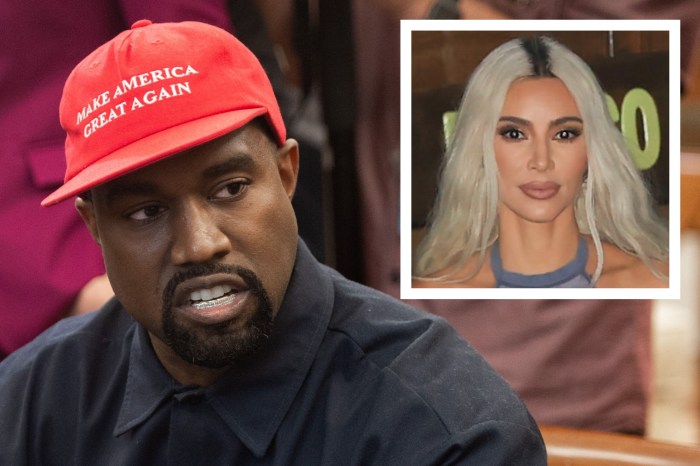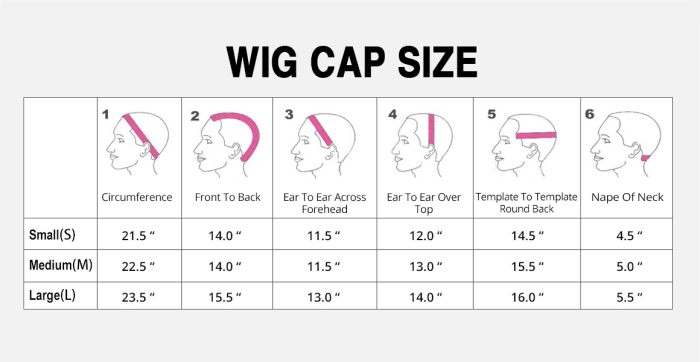The pursuit of a natural-looking wig requires careful consideration of various techniques. Understanding which technique would cause a wig to look less natural empowers individuals to make informed choices and achieve a seamless blend with their own features.
This comprehensive guide explores the intricacies of wig construction, hairline design, hair density and distribution, texture and color matching, and styling practices. By identifying common pitfalls and providing expert guidance, we aim to unveil the secrets that separate a natural-looking wig from an artificial one.
Wig Construction Techniques
Proper wig construction techniques are crucial for achieving a natural appearance. Improper knotting, the method used to secure hair strands to the wig cap, can create an unnatural look.
Knotting Methods, Which technique would cause a wig to look less natural
Poorly executed knots, such as loose or visible knots, can make the wig look artificial. Optimal knotting methods include:
- Single knotting: Each hair strand is tied with a single knot.
- Double knotting: Each hair strand is tied with two knots for added security.
- French knotting: A more complex knotting technique that creates a smaller, less visible knot.
Hairline Design

A well-defined hairline is essential for a natural wig appearance. Common mistakes in hairline design include:
- Too high or low: An unnatural hairline position can be distracting.
- Too thick or thin: An excessively thick or thin hairline can look artificial.
- Uneven or jagged: An uneven or jagged hairline can create an unnatural look.
To create a realistic hairline, use a lace front wig and blend the lace with the wearer’s skin using makeup or adhesive. Consider the wearer’s natural hairline shape and density for a seamless blend.
Hair Density and Distribution

Excessive hair density can make a wig look unnatural. Appropriate hair density depends on the wearer’s natural hair type and style.
Wigs with excessive hair density can look bulky and unnatural. Techniques for thinning out hair include:
- Using thinning shears: Specialized scissors that remove hair strands without creating a blunt cut.
- Plucking: Removing individual hair strands to reduce density.
- Layering: Cutting the hair in layers to create a more natural appearance.
Hair Texture and Color

Mismatched hair texture can contribute to an unnatural wig look. Common texture inconsistencies include:
- Too shiny or dull: A wig with a mismatched sheen can look artificial.
- Too coarse or fine: A wig with a texture that does not match the wearer’s natural hair can be noticeable.
- Mismatched curl pattern: A wig with a curl pattern that differs from the wearer’s natural hair can create an unnatural look.
To select the correct hair texture, consider the wearer’s natural hair type and desired style. Matching hair color to the wearer’s natural hair is also crucial for a seamless blend.
Styling Techniques: Which Technique Would Cause A Wig To Look Less Natural

Excessive styling products can create an unnatural look. Common styling mistakes include:
- Overusing hairspray: Excessive hairspray can make the wig look stiff and artificial.
- Using products that are too heavy: Heavy styling products can weigh down the wig and make it look unnatural.
- Styling the wig too often: Excessive heat styling can damage the wig and make it look artificial.
Proper styling techniques include:
- Using a light touch: Apply styling products sparingly and avoid over-styling.
- Choosing products designed for wigs: Use products specifically formulated for synthetic or human hair wigs.
- Styling the wig infrequently: Heat styling should be kept to a minimum to preserve the wig’s integrity.
Key Questions Answered
What is the most common mistake that makes a wig look unnatural?
Excessive hair density can create an unnatural, bulky appearance. Aim for a hair density that mimics the natural growth pattern of your own hair.
How can I avoid damaging my wig while styling it?
Use styling products specifically designed for wigs and avoid excessive heat. Gentle brushing and minimal styling will help preserve the wig’s integrity.
What is the best way to create a realistic hairline for a wig?
Invest in a wig with a lace or silk base that allows for customization. Carefully trim the hairline to match your natural hair growth and blend it seamlessly with your skin tone.